History of Llangollen International Musical Eisteddfod in 11 Themes
1. 1947 Poster
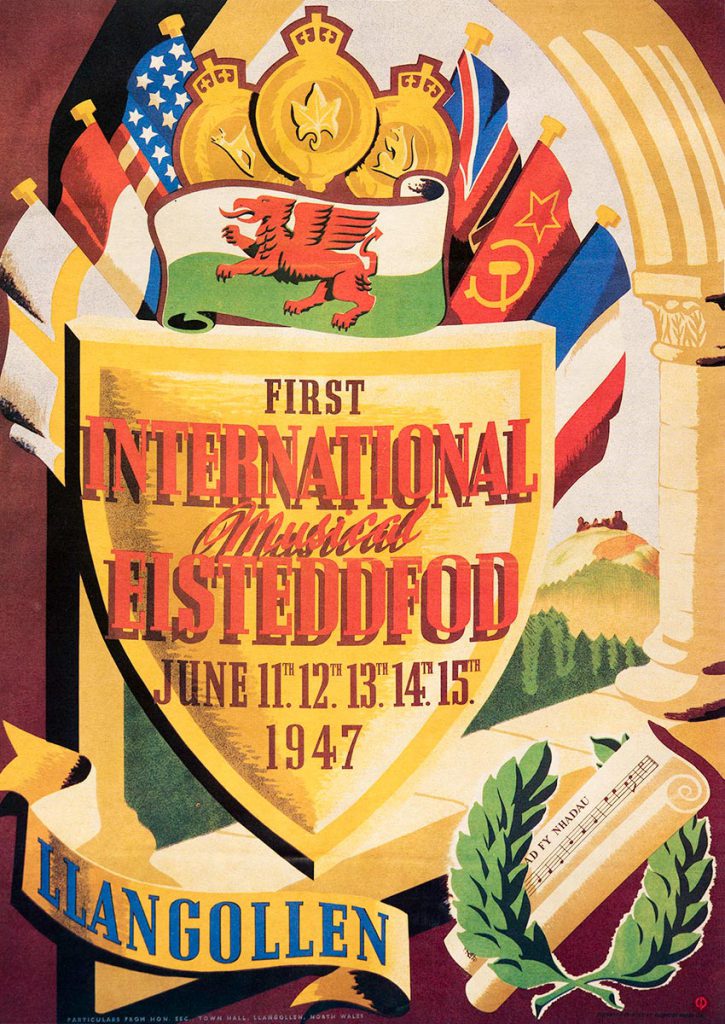
This is the first poster in what has proved to be an ongoing series over the lifetime of the Eisteddfod. The original posters were designed free of charge in the design studio of the printing factory owned by Clayton Russon, the first President of the Eisteddfod. This one advertises the dates of the first Eisteddfod from June 11-15, 1947, but the event is not yet called the “Llangollen International Musical Eisteddfod”: that came in 1948.
Find out more:The Eisteddfod Story / 1947
2. An early Eisteddfod Programme
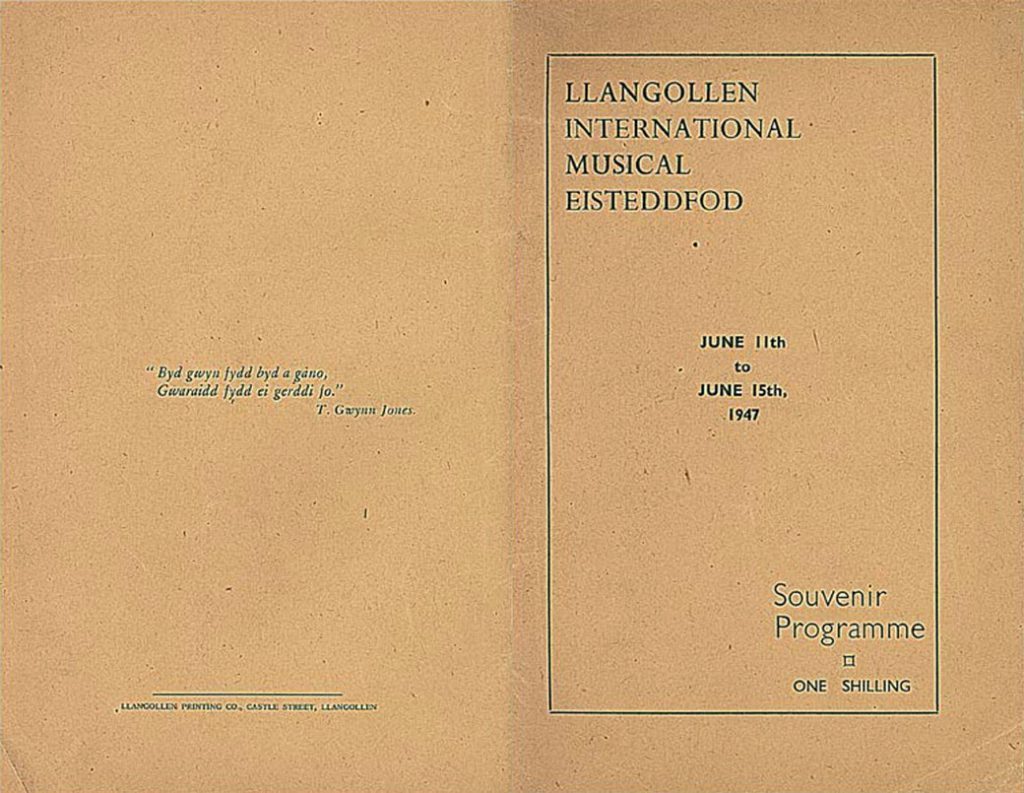
Each year, the Eisteddfod has produced a programme with the details of its competitions and competitors, its concerts and artistes. This early copy dates from 1949. From quite early on programmes were popular, and as many as 20000 were printed in the 1940s. As well as providing information about the competitions and concerts, the programmes were used for recording scores and collecting autographs on the blank pages.
Find out more: The Eisteddfod Story / Programmes
3. W S Gwynn Williams: Photo
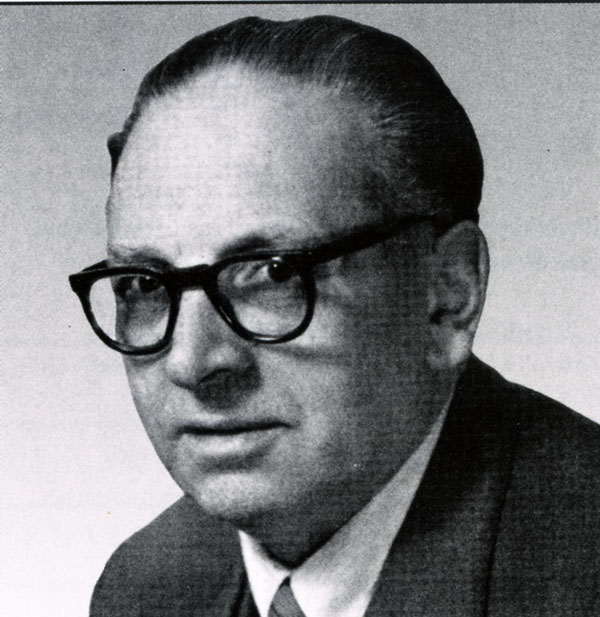
The first Music Director of Llangollen Eisteddfod, and the shaper of its musical life for many years, was W S Gwynn Williams, a distinguished musician and composer, as well as lecturer, author, editor, broadcaster on the history of Welsh music, and publisher.
Find out more: The Eisteddfod Story / Honorary Music Directors
4. Dance Clogs
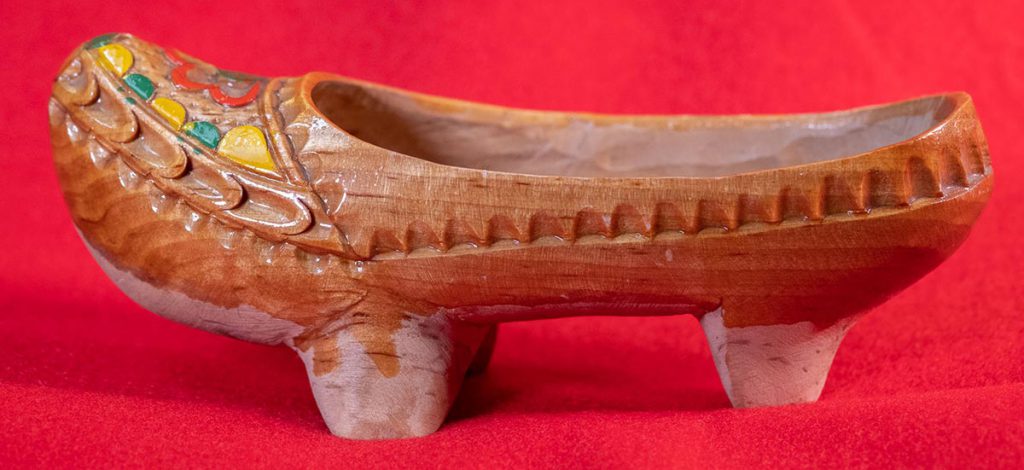
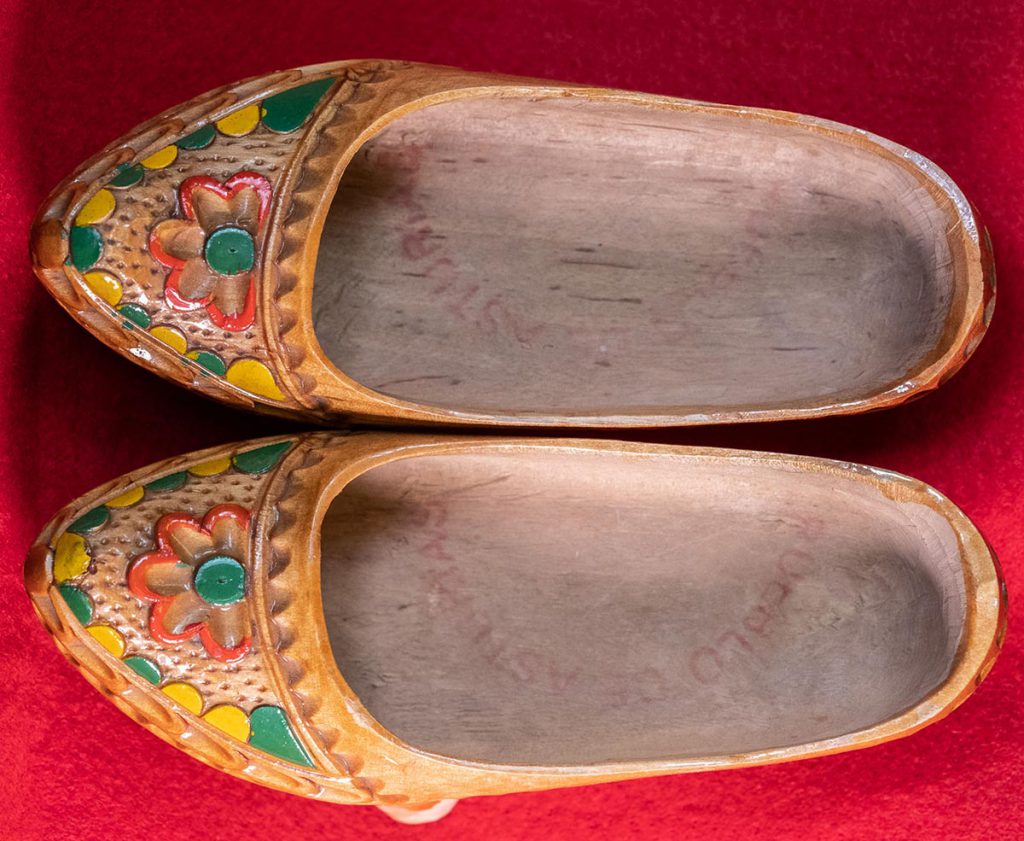
The first Eisteddfod was conceived as a choral festival, and no provision was made in the competitions for dancing. But the arrival of a Spanish dance troupe proved to be so popular that dance competitions have been part of the Eisteddfod programme ever since.
Find out more: The Eisteddfod Story / Spanish Dancers
5. Obernkirchen Choir — The Happy Wanderer Song Sheet
The Obernkirchen Choir from Schaumburg, North Germany, was one of the highlights of the Eisteddfod’s early years. They performed the song ‘The Happy Wanderer’ (or in its German form, ‘Mein Vater war ein Wandersmann’) at the 1953 Eisteddfod, which was broadcast by the BBC and an English version “The Happy Wanderer” wasthen recorded by Parlophone, becoming an instant hit. The song can be heard in its later recorded form on the Llangollen Music Playlist, which you can listen to in the Audiobooth.
Links: The happy wanderer” (mp3)
Find out more: The Eisteddfod Story / German Choirs and Dancers
6. Eisteddfod Gifts — Pipe and Costumed Doll

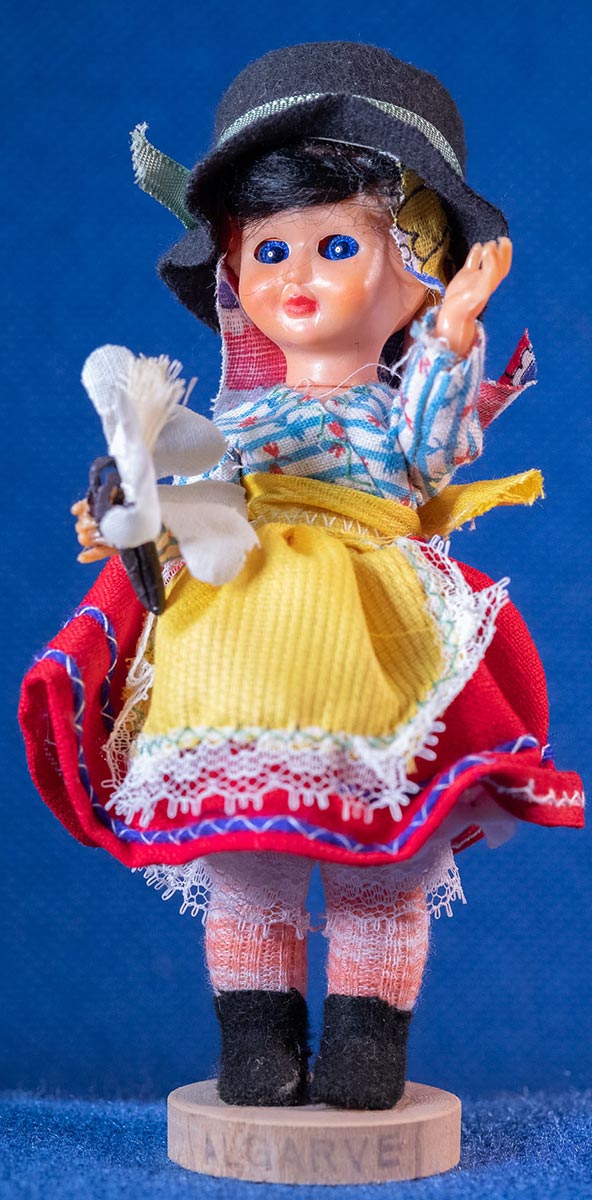
Over the years, Llangollen Eisteddfod has received many gifts from its competitors and visitors, including a selection of musical instruments reflecting the wide range of music played here. On display is a simple wooden pipe. Another favourite form of gift is the costumed doll, usually dressed in the costume of the visiting choir.
Find out more: The Eisteddfod Story / Competitors
7. Peace Message — 2009
The Peace Message has been presented by young people from the stage of the Llangollen Eisteddfod since 1949. The Message is usually delivered as a short piece of spoken text — typical of this is the2009 Peace Message, written and presented by Alex Pasley of Llangollen.
Find out more: The Eisteddfod Story / The Peace Message
8. Pavarotti — Programme, Ticket and Handkerchief
Another great Llangollen Eisteddfod highlight has been its relationship with the Italian tenor Luciano Pavarotti. His first visit, with his father’s choir, was in 1955, and 40 years later he returned for a great gala concert. While on the stage he dropped the handkerchief he had been using to mop his brow. This was preserved by a Chirk family until the 2016 Eisteddfod, when it was handed over to the Archive Tent.
Link: Eisteddfod Concerts (in preparation)
9. The Main Trophy — Shield and Motto
The Eisteddfod Trophy, known as The Shield, was designed by Terence Bayliss Huxley-Jones, Principal of the School of Sculpture at the Gray’s School of Art in the University of Aberdeen. The Motto in its surround was written by T Gwynn Jones CBE, a poet born in Betws-yn-Rhos in Denbighshire, an internationally lauded poet, scholar, journalist and distinguished academic, and a notable pacifist during the First World War. His words captured the spirit of the Eisteddfod:
Byd gwyn fydd byd a gano. Gwaraidd fydd ei gerddi fo.
Blessed is a world that sings. Gentle are its songs.
Find out more: The Eisteddfod Story / Trophy and Motto
10. Volunteers — Badges and Committees
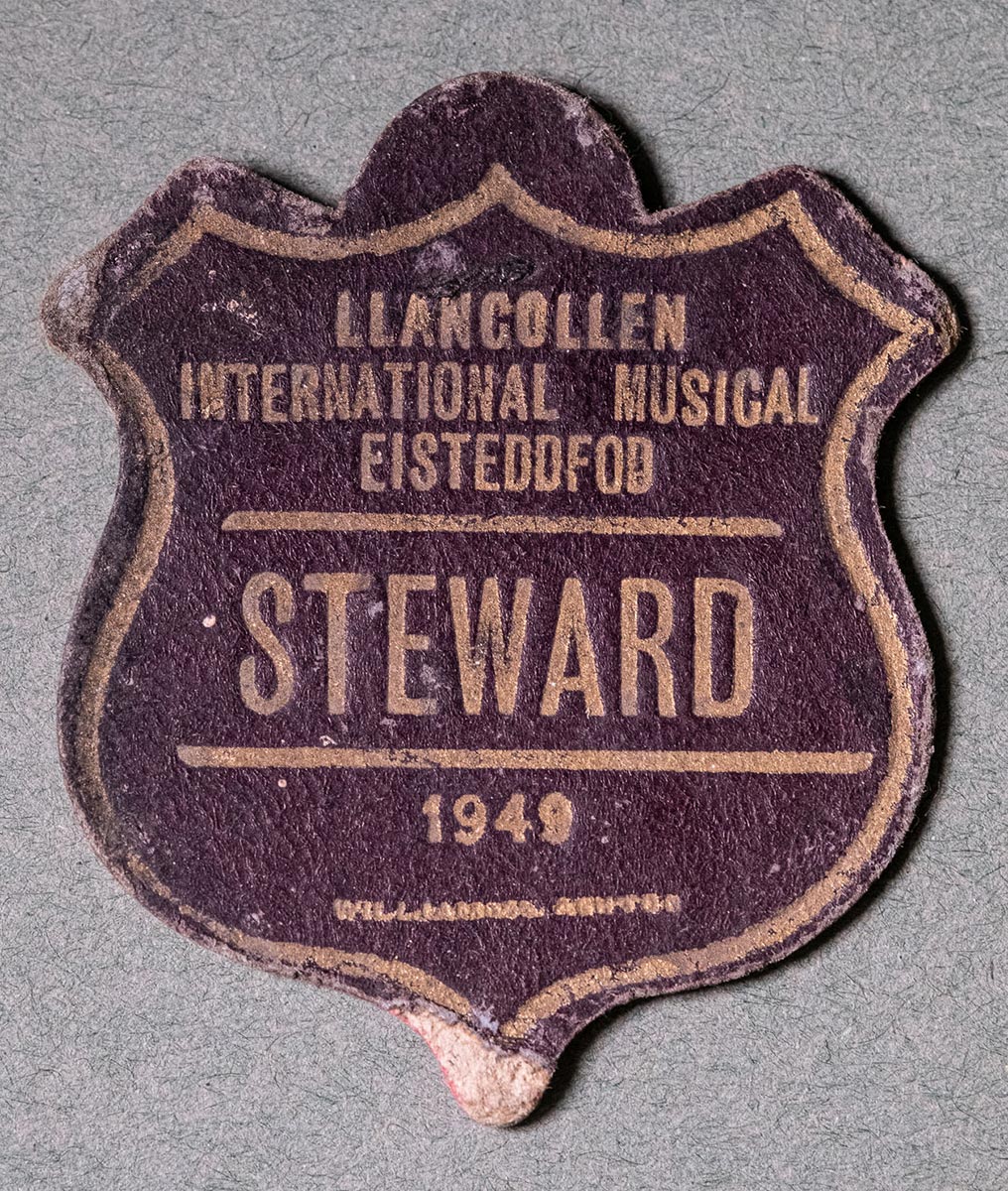
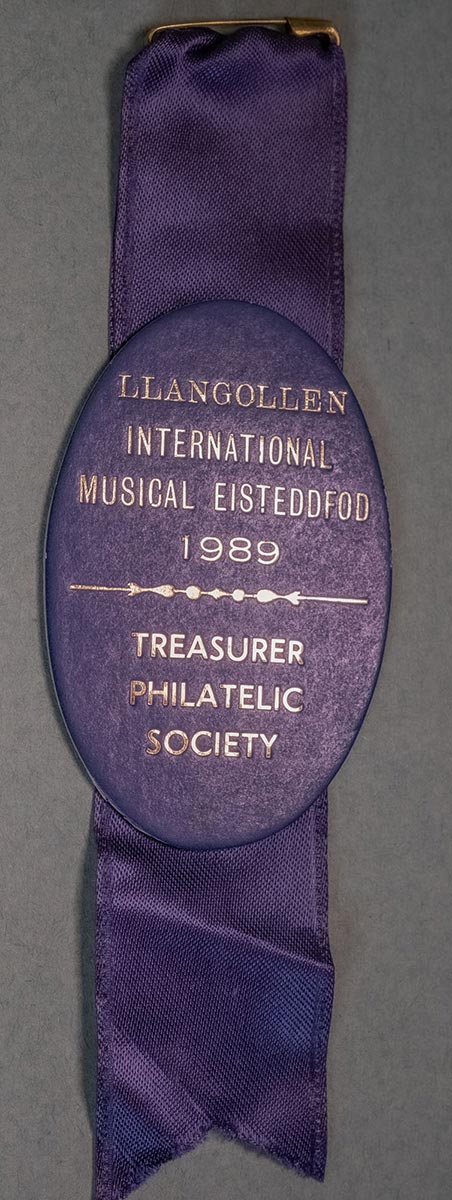
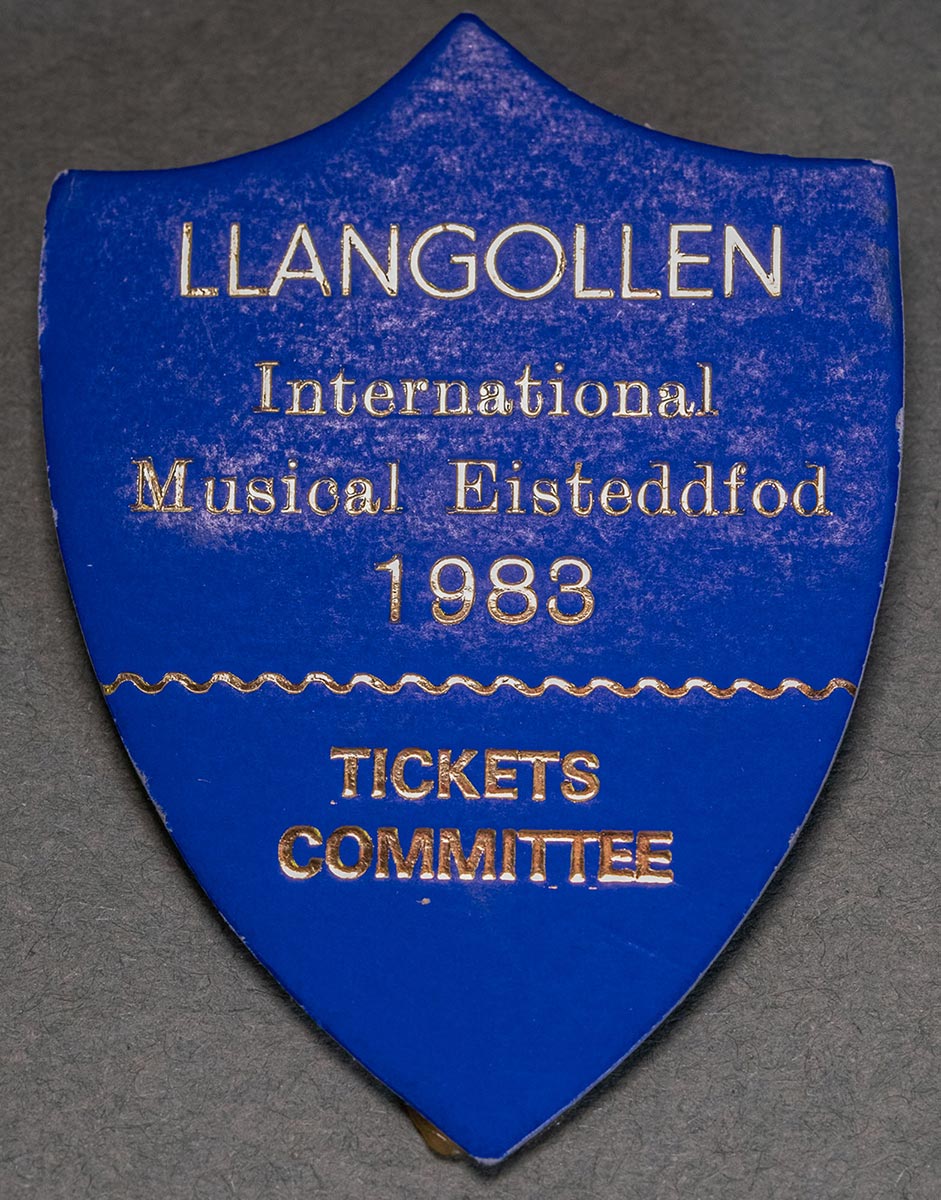
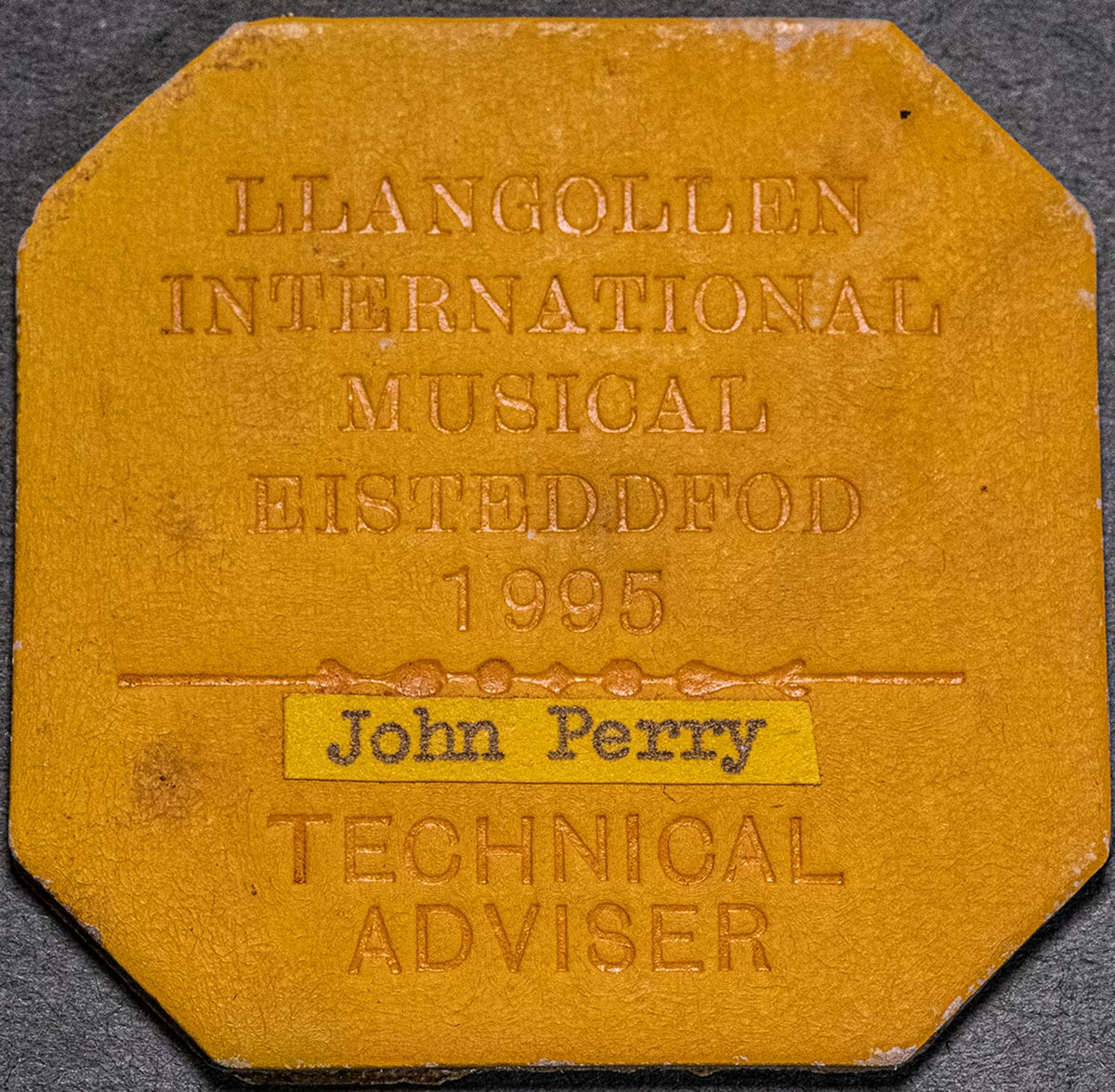
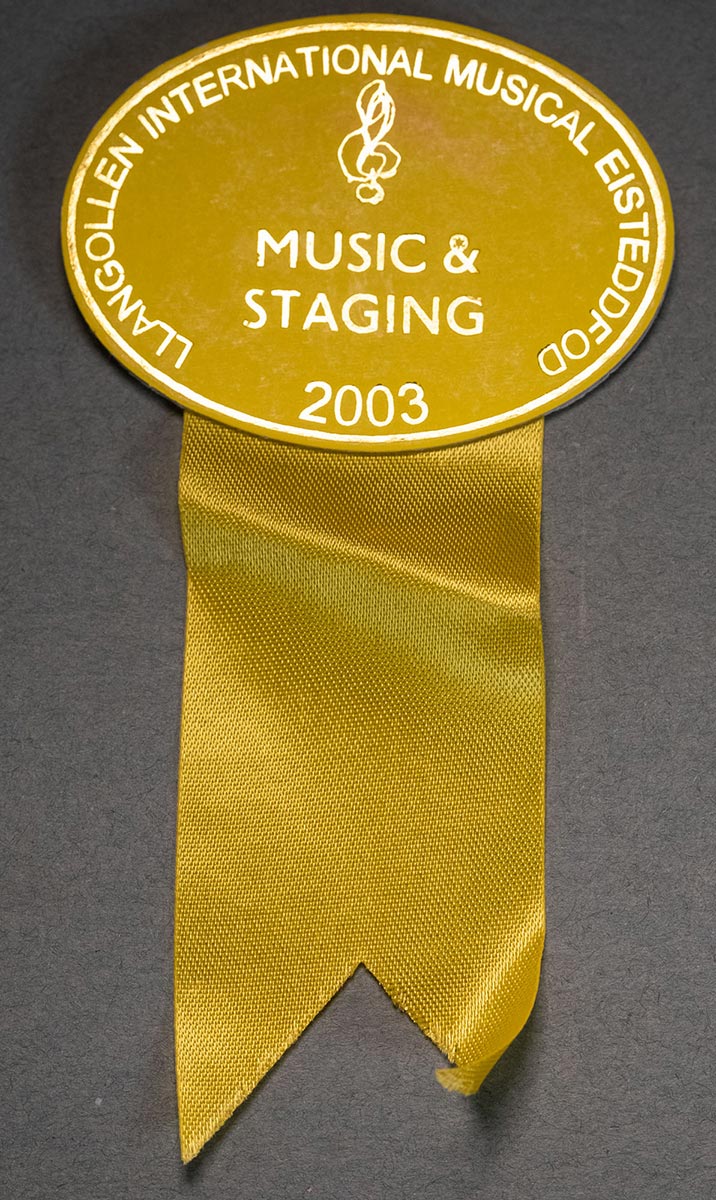
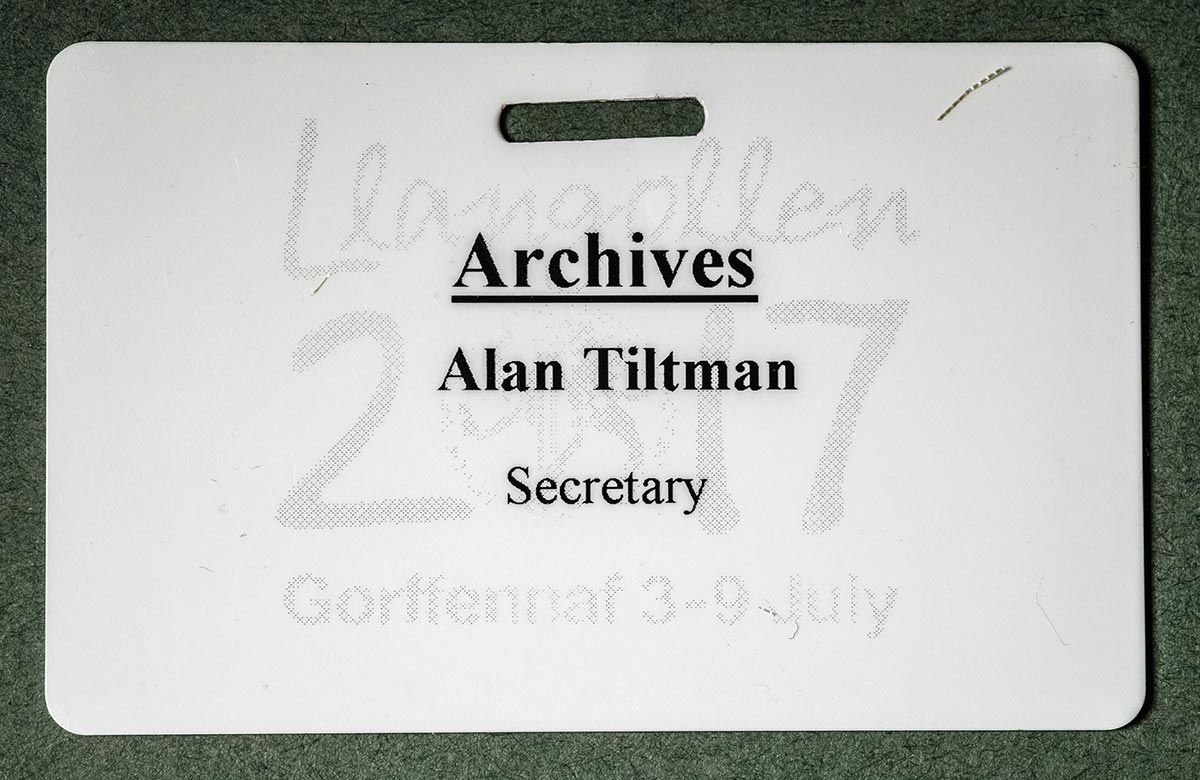
On the field, Eisteddfod badges display the many forms of voluntary services offered each year, and have become symbols of the continuing commitment to the Eisteddfod ideal by the people of Llangollen and its surrounding area. Another form of voluntary service is through membership of an Eisteddfod Committee, as the photos of the Grounds Committee in 1952 and the Floral Committee in 1995 demonstrate.
Find out more:The Eisteddfod Story / Volunteers
11. Hospitality — Scarf and Note
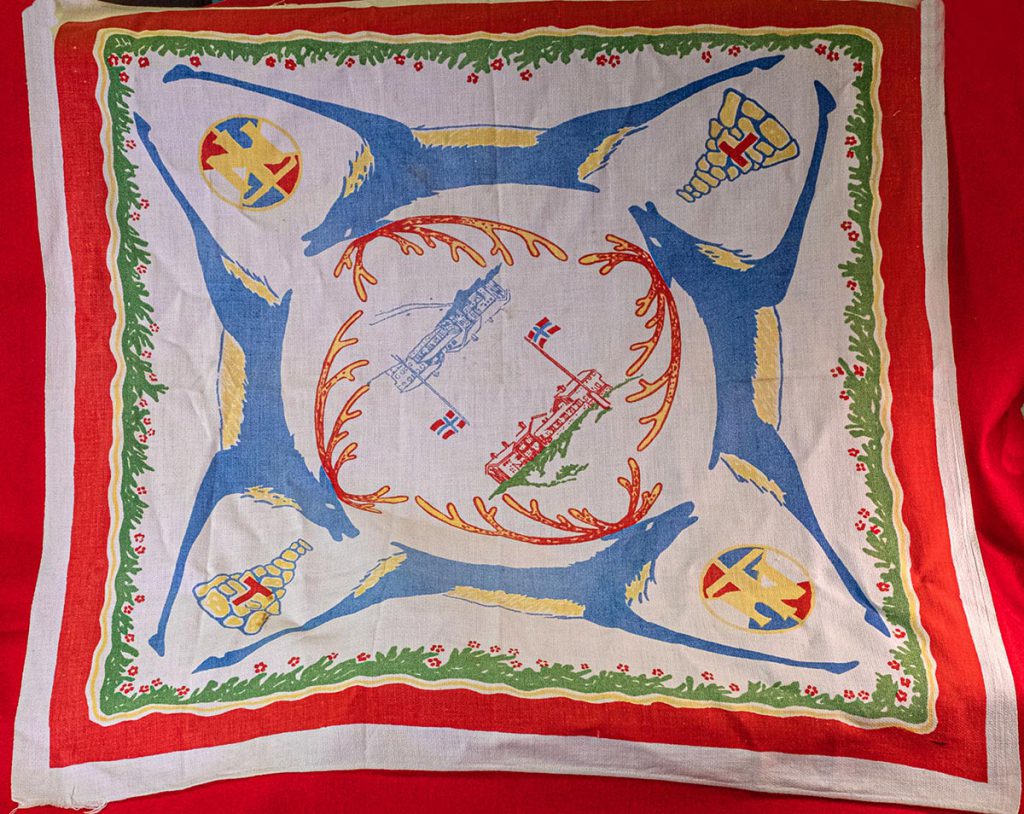
For many years, the people of Llangollen and its surrounding area have hosted visiting choirs and competitors from across the world. The scarf was presented to Mrs D Butler of Rhos-y-Waen, Chirk by the Studio Singers Choir from Norway. The note of thanks for hospitality sums up the many good relationships that have been formed in this way.
Find out more: The Eisteddfod Story / Hospitality





